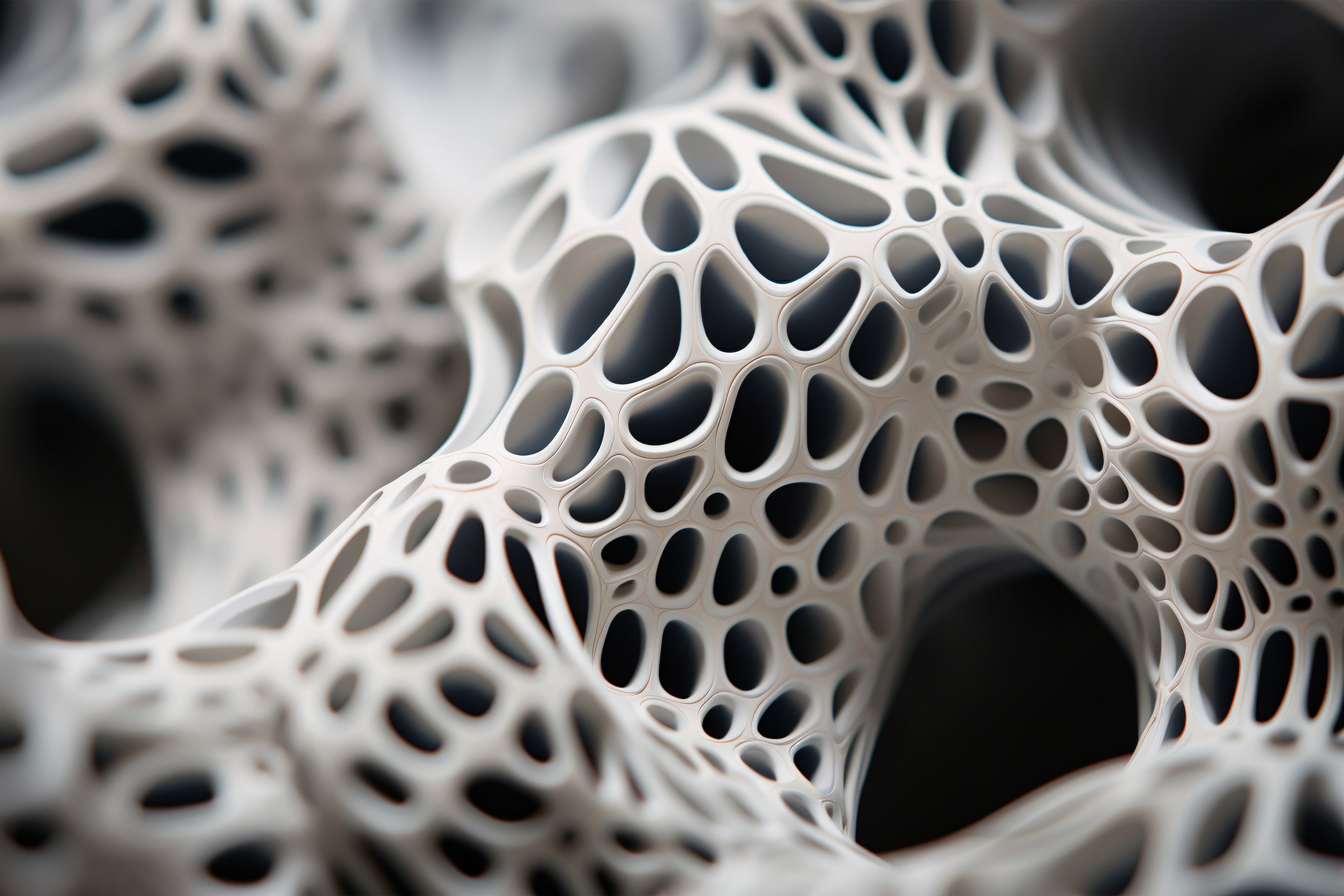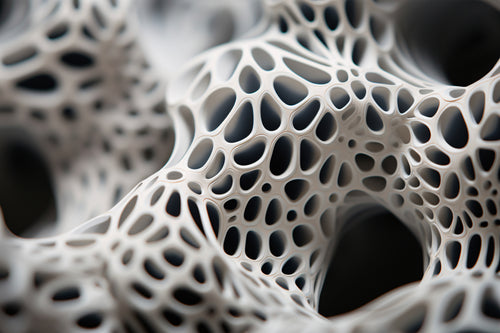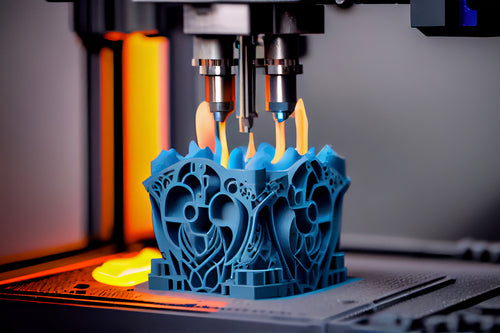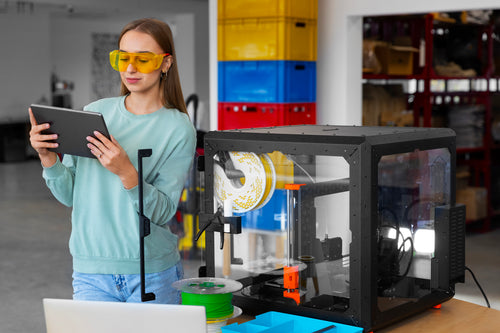
Beyond PLA: Exploring Sustainable Materials for 3D Printing
Recent years have seen the rise of 3D printing as a flexible manufacturing technique that has the power to completely transform a variety of sectors, including aerospace and healthcare. However, there is growing interest in investigating substitute materials that provide a more environmentally responsible method of 3D printing as worries about environmental sustainability continue to mount. In this blog, we'll explore the realm of sustainable materials that goes beyond PLA (polylactic acid) and learn about the cutting-edge choices accessible to manufacturers and creators who care about the environment.
The Need for Sustainable Materials
Although PLA has long been promoted as a bio-based and biodegradable alternative for 3D printing, its manufacture still depends on agricultural commodities like maize, which may not be totally sustainable in the long run and can compete with food production. Furthermore, PLA does not break down as quickly in conventional landfill settings as once believed, which raises questions regarding its actual environmental effect. Consequently, there is an increasing need for substitute materials that provide equivalent functionality with less negative environmental impact.
The first step in making recycled PLA filament is gathering PLA trash from different sources. Items that have reached the end of their useful lives, leftovers, and extra material produced during the production process are all included in this garbage. After it is gathered, the PLA waste is cleaned and sorted to get rid of impurities and get it ready for processing.
To improve its qualities even further, the recycled PLA filament may go through extra processing procedures including stretching, annealing, or chilling after extrusion. The filament is then bundled and spooled, making it suitable for use in 3D printing applications.
Many of the advantageous characteristics of virgin PLA, such as biodegradability, low toxicity, and ease of printing, are still present in the resultant recycled PLA filament. But it also has the added advantage of keeping garbage out of landfills and lowering the need to produce new plastics.
Exploring other Recycled Filaments
Recycling filaments from post-consumer or post-industrial waste is a potential approach to sustainable 3D printing. Materials like:
-
PET-G
Polyethylene Terephthalate Glycol
-
ABS / ASA
Acrylonitrile Butadiene Styrene / Acrylonitrile Styrene Acrylate
-
Nylon
Polyamide
may be recycled and turned into 3D printer filament, which lowers the need for virgin plastic and keeps garbage out of landfills. These recycled filaments give manufacturers and producers a more ecologically responsible choice while still retaining many of the qualities of their virgin counterparts.
Advanced Composites & Hybrid Materials
The creation of innovative composites and hybrid materials — which blend conventional polymers with environmentally friendly reinforcements like bamboo, regenerated carbon fibre, or wood fibres — has been made possible by advances in material science. These hybrid materials lessen the total environmental impact of 3D printing while providing improved strength, stiffness, and aesthetic features. Manufacturers may produce high-performance components with less waste and material by using sustainable reinforcements.
In Conclusion
The need to find sustainable materials has grown in significance as the 3D printing sector develops. In addition to PLA, a wide range of alternatives are available to satisfy the demands of manufacturers and producers that care about the environment. These materials, which range from bio-based polymers and sophisticated composites to recycled filaments, provide creative ways to cut waste, conserve resources, and lessen the impact on the environment. We can open the door to a more sustainable future for production and innovation by investigating sustainable materials for 3D printing.
Recommended for you





